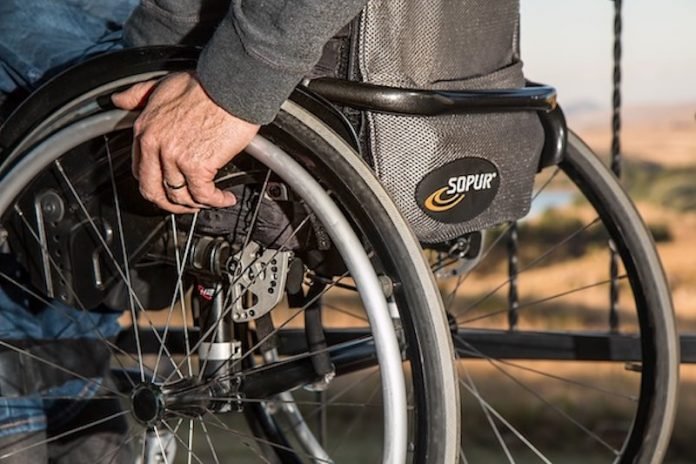
Statins are a class of drugs often prescribed by doctors to help lower cholesterol levels in the blood.
They are important for reducing heart disease and stroke risk in high-risk people.
Common statin drugs include Crestor, Lipitor, and other lipid-lowering drugs.
Although statins could help reduce the risk of heart disease and stroke, they have some harmful side effects
One of the harmful effects is a condition called myositis. The main symptoms of the condition include muscle pain and weakness. It is a chronic, debilitating condition.
According to experts from the Myositis Association, many people who experience this condition can get rid of it when they stop using statins.
However, for other patients, muscle disease can become a more serious health complication.
One type of myositis is necrotizing myopathy, it does not go away after the statin is stopped.
It can eave patients with life-long challenges. Patients may not be able to do even simple things such as standing from a seated position, climbing stairs, or lifting their arms over their heads.
The condition can have a devastating impact on the patient’s health and quality of life.
Research has shown that myositis patients may have higher risks of other diseases, such as lung disease, antisynthetase syndrome, and cancer.
Anti-inflammatory medications can help reduce the symptoms of myositis. But currently, there is no cure for this condition.
Researchers suggest that for patients with a high risk of myositis, doctors need to consider alternative treatments to statins.
In fact, people who have “statin” myositis should never take statins.
The good news is that myositis is a very rare disease and does not occur for most patients using statins.
Copyright © 2019 Knowridge Science Report. All rights reserved.



